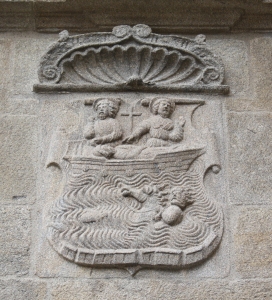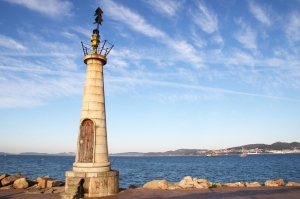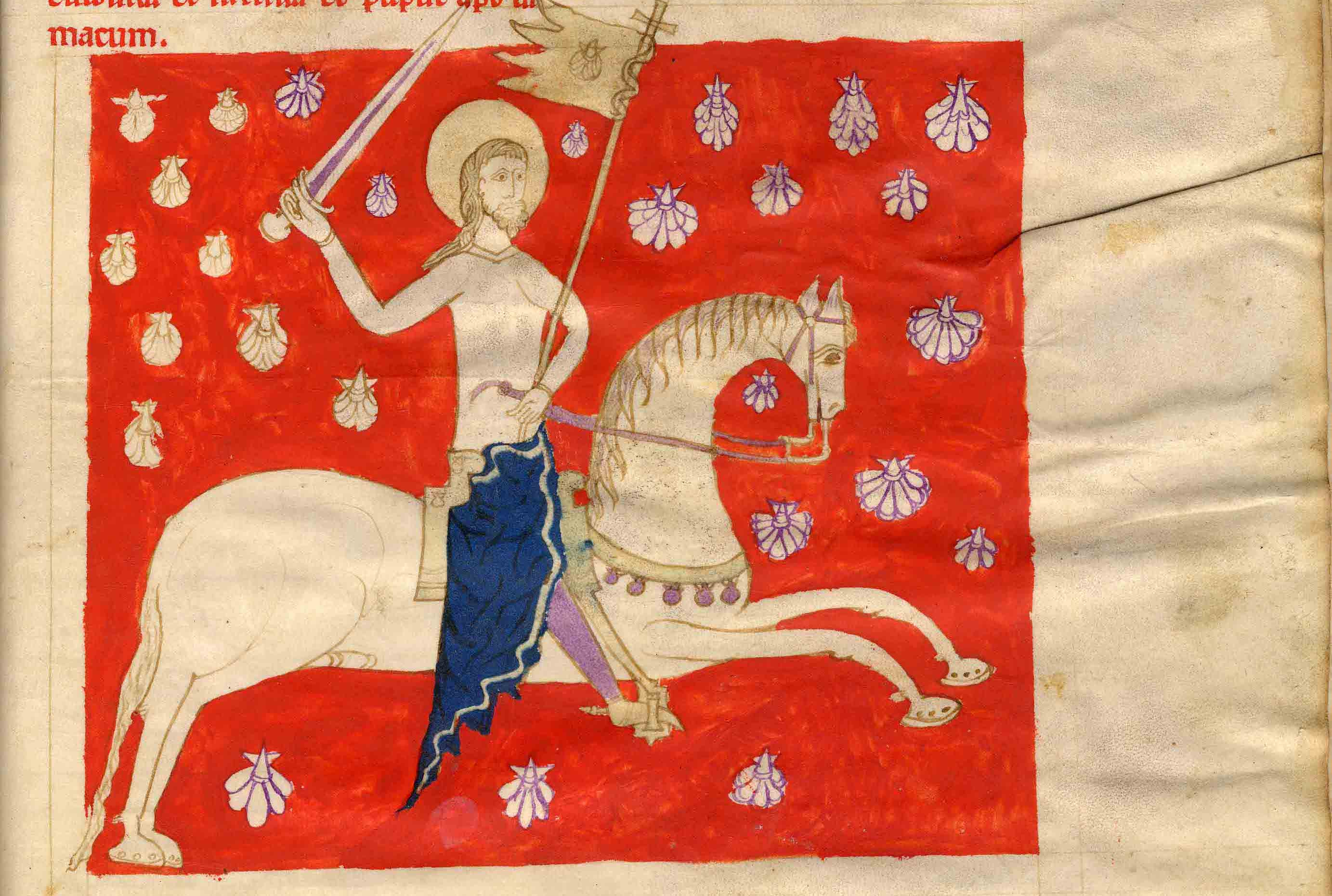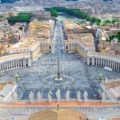The small coastal village of Bouzas, located along the Vigo estuary in Galicia, holds a legend steeped in history, mystery, and symbolic significance. Known as the Leyenda del Cabaleiro das Cunchas (The Legend of the Knight of the Shells), this tale intertwines the village’s maritime culture with the pilgrimage tradition of the Camino de Santiago.
The story not only claims a role for Bouzas in the early maritime routes of Saint James’s relics but also offers a folkloric explanation for the scallop shell’s association with pilgrims worldwide.
Bouzas: A Village Rooted in History
Bouzas, nestled near the majestic Cíes Islands, served as a strategic and picturesque locale for many historic events. The area’s connection to the Camino de Santiago is bolstered by its proximity to the sea routes that ferried pilgrims and goods for centuries. The legend of the Cabaleiro das Cunchas situates Bouzas as a key waypoint in these maritime traditions.
Beyond its connection to Saint James, Bouzas also played a pivotal role in the Age of Exploration. It lies just across the estuary from Baiona, the port where the caravel Pinta first docked in March 1493, bringing news of Columbus’s voyage to the New World. This deep historical and cultural backdrop enriches the local folklore, making Bouzas a treasure trove for both pilgrims and historians.
The Tale of the Cabaleiro das Cunchas
According to legend, a grand wedding was held in Bouzas, bringing together noble families from Portugal and Galicia. The chosen site was ideal—geographically central for the guests, with stunning views of the Vigo estuary. Amid the celebrations, one of the traditional games, abofardar (a medieval sport involving the tossing and catching of spears while riding at full gallop), took a dramatic turn.

As the groom rode his horse, his spear was unexpectedly swept by the wind toward the estuary. Determined to retrieve it, he spurred his horse into the water. To the horror of the assembled guests, both rider and horse disappeared beneath the waves.
Just as despair gripped the wedding party, a miraculous event unfolded. A mysterious boat approached the spot where the groom had vanished. Moments later, the young knight emerged from the water alive, his garments and horse adorned with vieiras—the scallop shells that would become synonymous with the Camino de Santiago.
The boat’s passengers, disciples of Saint James carrying his remains to Galicia, interpreted the event as a divine sign. They declared that those who wore the scallop shell as a badge of pilgrimage and devotion to Saint James would receive heavenly recognition. Overwhelmed by the miracle, the knight sought baptism, embracing this extraordinary moment of faith and transformation.
The Symbolism of the Scallop Shell
The vieira, or scallop shell, is now an enduring emblem of the Camino de Santiago, representing both the physical journey of the pilgrim and the spiritual path of discovery. The legend of the Cabaleiro das Cunchas situates Bouzas as a formative link in this tradition, claiming that the symbolic adoption of the shell originated in its waters.
Beyond its practical use as a drinking vessel for medieval pilgrims, the shell’s radiating lines are often seen as a metaphor for the many routes converging at Santiago de Compostela. In this legend, the shell also embodies divine grace, as bestowed upon the knight through his miraculous encounter.
The scallop shell: The unexpected icon of the Camino de Santiago
Bouzas and the Maritime Route of Saint James
The legend offers Bouzas a unique place in the history of the Ruta Marítima (Traslatio) del Apóstol Santiago (Saint James’s Maritime Route). This route, believed to have carried the relics of Saint James to Galicia, predates the more famous overland trails. The story of the Cabaleiro das Cunchas aligns Bouzas with this sacred voyage, reinforcing the village’s historic role as a coastal hub for travelers and pilgrims.

Modern efforts to celebrate this heritage include the annual Cena del Cabaleiro (Knight’s Dinner), held during local festivals since 2004. The event honors individuals who have defended the traditions and identity of Bouzas, while also keeping the legend alive in the community’s collective memory.
Keeping the Legacy Alive
The Cabaleiro das Cunchas serves as more than just a folkloric tale. It is a testament to Bouzas’s layered history and its connection to broader cultural and religious narratives. Local advocates hope to further develop the legend’s potential as a draw for tourism and cultural exploration, promoting the maritime history of Bouzas as an essential chapter in the Camino de Santiago.
The legacy of this tale reminds us that pilgrimage is not only about reaching a destination but also about the stories that guide us along the way. Whether you walk the Camino, explore Galicia’s coastal villages, or simply reflect on the scallop shell’s enduring symbolism, the tale of the Cabaleiro das Cunchas invites you to see Bouzas as a hidden gem of the Xacobeo world.





